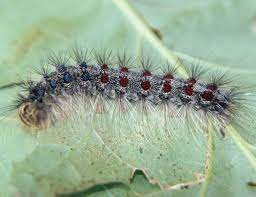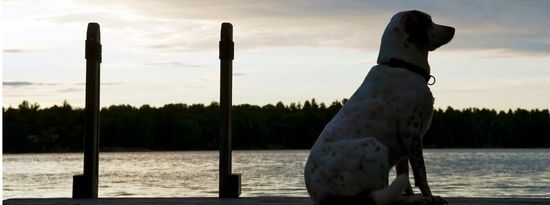Available Documents:
Important Links
Lab Bird Cams Virtual Bird Watching at its Best! Click here!
What does the lynx say? This incredible video offers a rare glimpse of a Canada Lynx in its natural habitat.
Click here!
Lab Bird Cams Virtual Bird Watching at its Best! Click here!
What does the lynx say? This incredible video offers a rare glimpse of a Canada Lynx in its natural habitat.
Click here!
At the cottage: Do not feed the birds or any wild animals. Dispose of garbage often – municipal dumpsters or landfill and eliminate odours from garbage containers (freeze fish & meat or use secure, bear resistant containers is disposal is delayed. Keep the BBQ grill and drip tray clean. Feed pets indoors – not on deck or porch. Do not leave food out on tables or counter tops – not even if packaged. Do not leave candles, lotions, insect repellents or other fragrant products outside or near open windows or doors. While walking/hiking Take a whistle, air horn, bear spray,...
Read More...RATTLER LESSON – by Jim Bowden I was bitten by a rattlesnake earlier this summer. My experience is worth telling. There are lessons to be learned, or at least reinforced. Even for a healthy adult, getting to a hospital post haste can be incredibly important – far more important than I had realized before this incident – and having a “plan” in place can save a life. Also, I for one was truly impressed by how terrific the service was at our local hospitals for what was a life-threatening circumstance. We need these facilities, and we should be grateful to have them and their trained...
Read More...
If your existing flares have a manufacture date of 2019 or earlier they have or will expire this year. According to Transport Canada requirements, flares are approved for four years from the date of manufacture. This means that you must replace traditional flares every third or fourth boating season. It's not easy to get rid of expired flares in a safe and environmentally responsible way. Canadian Power Sail Squadrons only has one Safety Equipment Education and Flare Disposal Day in the Georgian Bay area this year (September 30 at Sudbury Hearth and Home) to bring your outdated marine flares to be properly disposed of, free of charge. Transport Canada recently approved the use of accredited electronic visual distress signal devices (eVDSD) in lieu of traditional pyrotechnic distress sig

Last year was a record setting year for this invasive moths and this year may be worse! A combination of the natural cycle and favorable weather - a warm winter followed by a dry spring - make ideal conditions for these moths to thrive. The gypsy moth, also known as the "LDD" moth derived from the scientific name Lymantria dispar dispar, devours the leaves of more than 500 different species of trees and shrubs and can cause large-scale defoliation. Caterpillars are hairy, up to six centimetres long and can be identified by the five pairs of blue dots and six pairs of red dots on their backs. The adults have a wing span of about 1 1/2 inches. The male moths are brown and fly, while the adult females are white and can't fly. Eggs masses are laid on branches or other sheltered places.

The US Department of Agriculture (USDA) has eased its requirements for dogs entering the country from Canada, following criticism from Canadian authorities, veterinarians and pet owners. Canadian authorities, pet owners, and veterinarians asserted that the previous requirements were too restrictive and would cause unnecessary delays at border crossings. New Requirements: Health certificates are no longer required for personal travel with dogs Rabies vaccination proof is still necessary, but can be in the form of a record from a licensed veterinarian (no specific timeframe mentioned) These eased requirements should facilitate smoother travel for dogs and their owners between Canada and the US. Read more here.

Lake Michigan-Huron remains at one inch above its level at this time last year. - From a month ago the water levels on Lakes Superior, Michigan-Huron, St Clair, Erie & Ontario & are up 3, 3, 4, 1 & 5 inches, respectively. Lakes Superior, & Ontario are lower by 6 & 4 inches, respectively, and Lakes Michigan-Huron, St Clair & Erie are up 1, 2 & 2 inches, respectively, than they were at this time last year. Lakes Superior, Michigan-Huron, St Clair, Erie & Ontario are 0, 5, 13, 11 & 1 inches, respectively, above their long-term July average. All the lakes remain well below their July record highs. - In a month’s time Lakes Superior is expected to rise 1 inch, and Lakes Michigan-Huron, St. Clair, Erie &